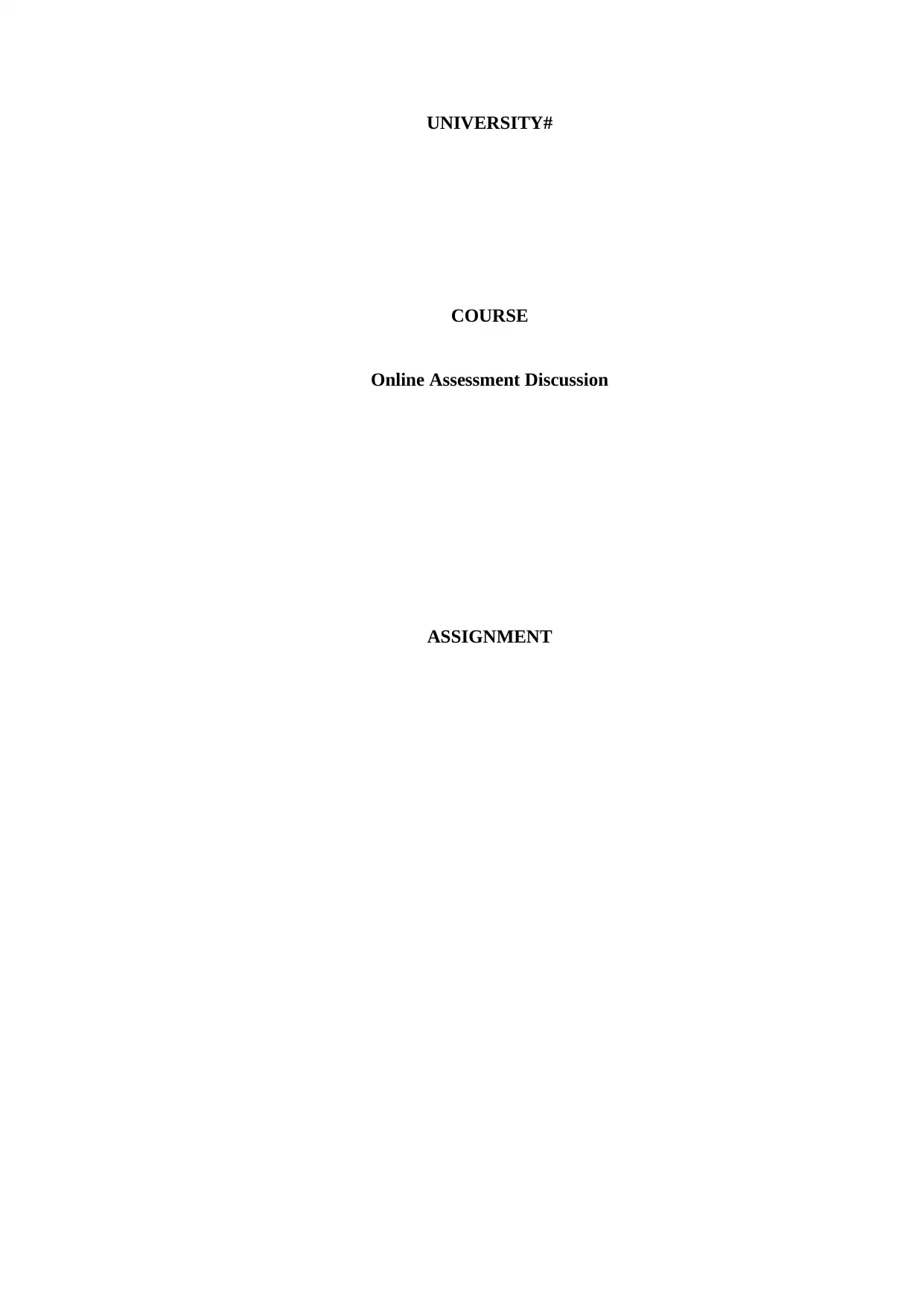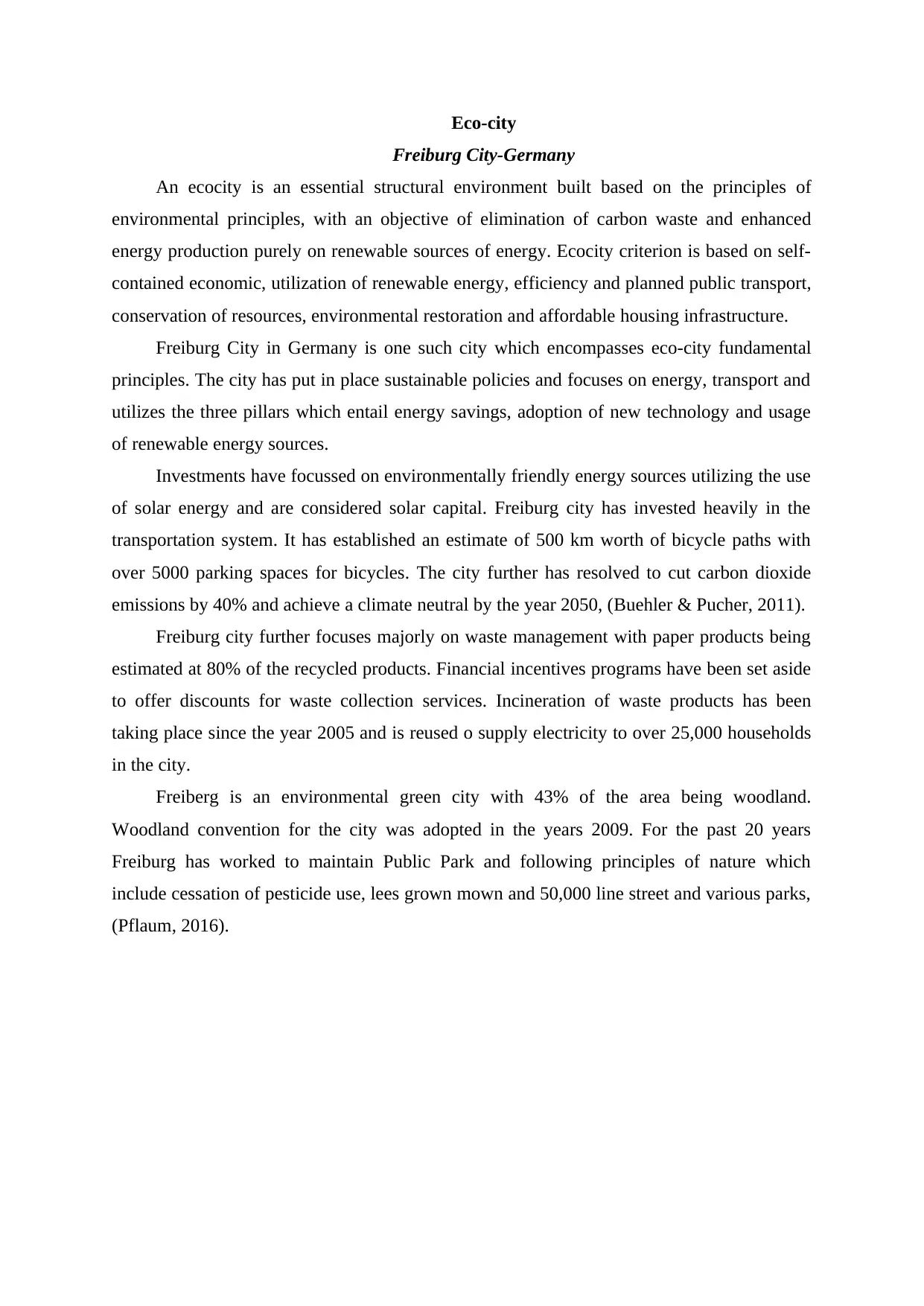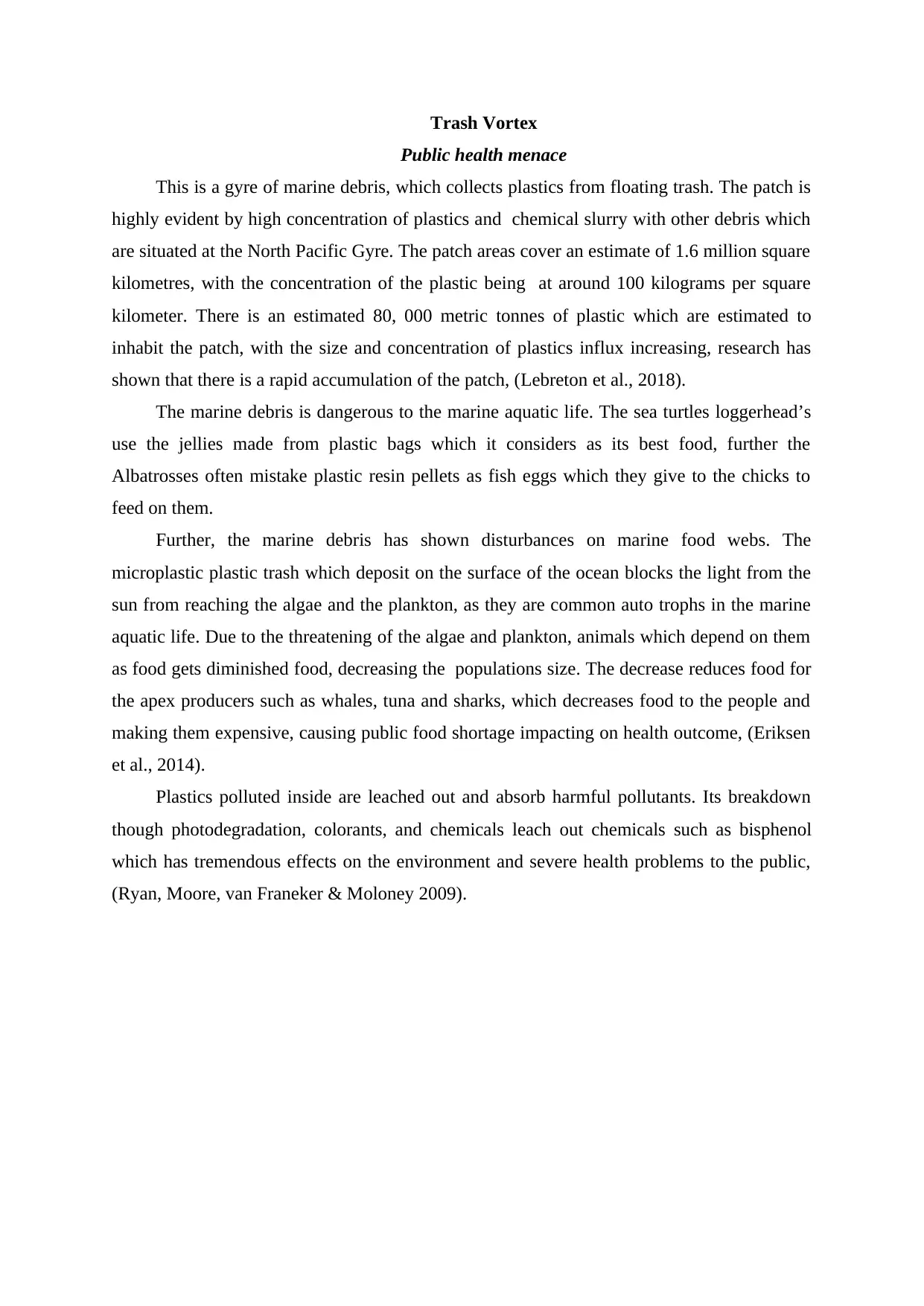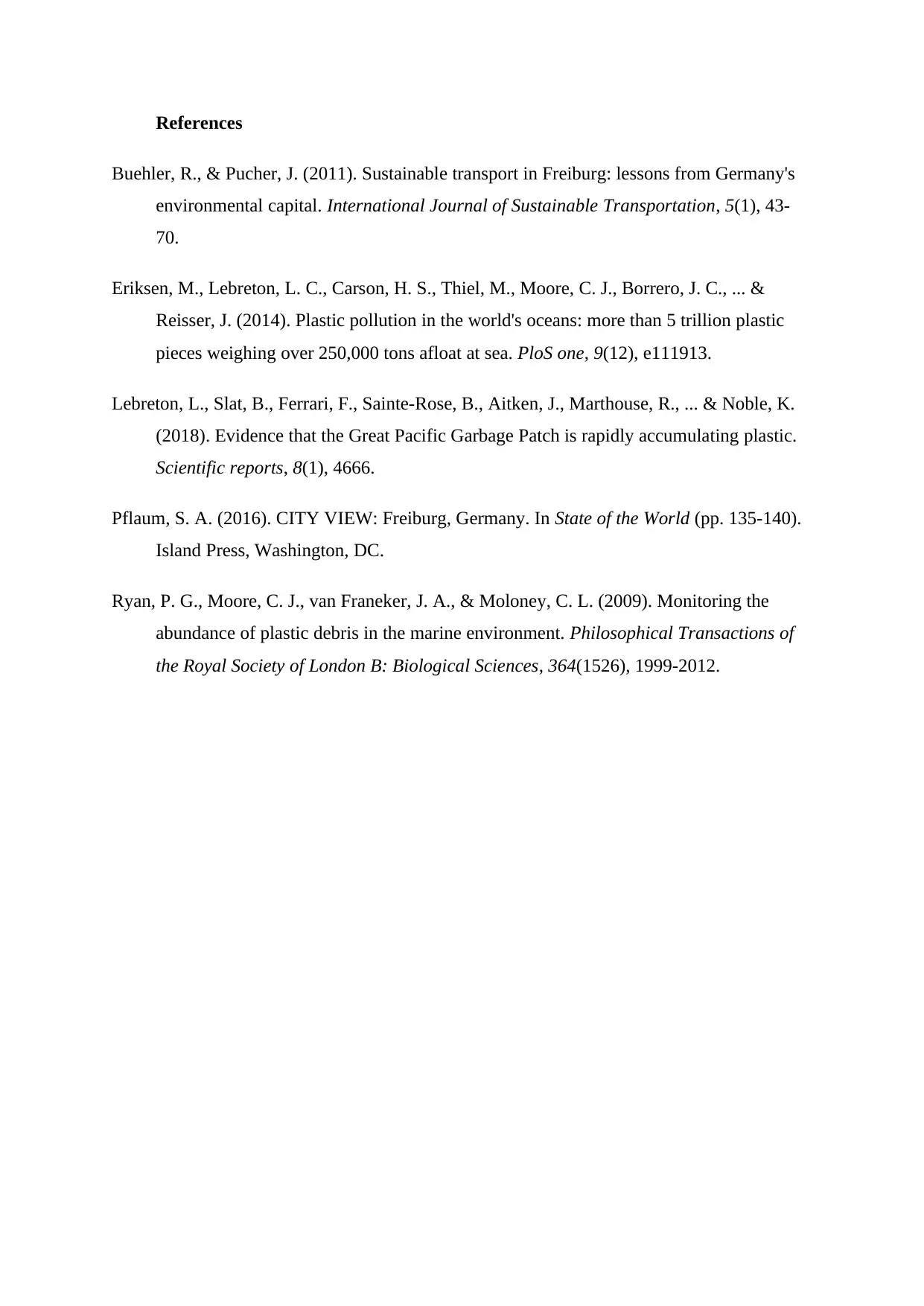Environmental Discussion: Freiburg Eco-City and the Trash Vortex
VerifiedAdded on 2023/06/03
|4
|939
|108
Discussion Board Post
AI Summary
This discussion post examines Freiburg, Germany, as an example of an eco-city, highlighting its sustainable policies focused on energy, transportation, and waste management. Freiburg's efforts include investments in renewable energy, extensive bicycle paths, and a commitment to reducing carbon emissions. The discussion then shifts to the trash vortex, a gyre of marine debris in the North Pacific, emphasizing its detrimental effects on marine life and potential consequences for human health through food web contamination and pollution. The post references studies on the accumulation of plastic in the ocean and its impact on marine ecosystems, advocating for greater awareness and action to mitigate these environmental challenges. Desklib provides a platform to explore further solved assignments and past papers on similar topics.
1 out of 4






![[object Object]](/_next/static/media/star-bottom.7253800d.svg)